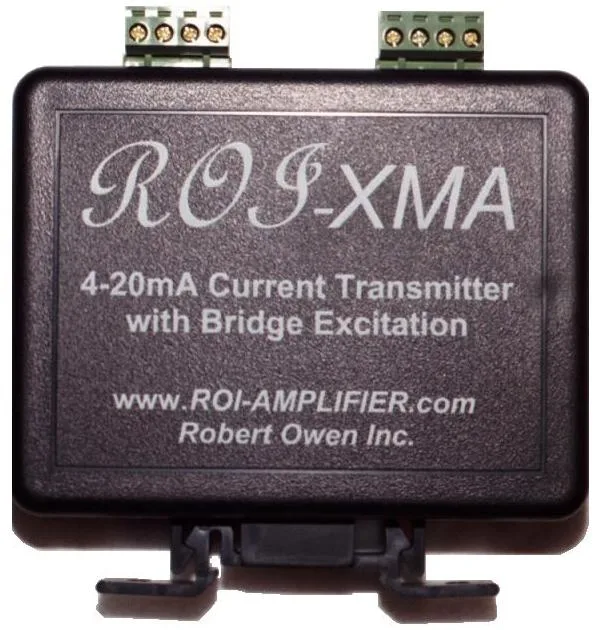ANALOG SIGNAL CONDITIONER BENEFITS

Analog sensor signal conditioners have specific features that offer capabilities that cannot be filled by a microprocessor signal conditioner. Microprocessor based sensor signal conditioners have a number of basic limitations, when compared to analog sensor signal conditioners. Speed and resolution are the two, most important differences.
Microprocessor based sensor signal conditioners use digital conversion as the center of the design. Analog to digital or A-D conversion, software calculation, and digital to analog or D-A conversion is the basic method. Both A-D and D-A conversion have limited converter resolution. The converter resolution may be as little as: 8 bit, 128 step, or 1%. Additionally; both A-D and D-A conversion have limited converter update rates. The converter update rate may be as little as: 1 update per second. These limitations impact the sensor signal conditioners ability to report, finer temperature changes than the resolution or more rapid changes than the update rate.
Analog based sensor signal conditioners use instrumentation amplifiers as the center of the design. Specifically designed signal gain ranges are designed into the circuit with a specific use in mind. Amplifiers do not have a resolution associated with them. Amplifiers are often said to have infinite resolution. The main limit to amplifier signal readability is the signal to noise ratio. As a signal increase becomes infinitely small, it may be overwhelmed by background noise. This is generally much smaller that the resolution of an a-d (which has it’s own noise issues, in addition to it’s resolution issues). Additionally; analog conditioning does not use an update period associated with it. The response limit of an amplifier is an issue of the bandwidth of the amplifier and any filtering circuitry. As amplifiers typically offer bandwidths of hundreds of KHz or higher, is is possible to see sensor transient response measurement in mS periods or smaller.
Where is this important? When you need fine resolution, fast response, or both. How the use of an A-D based signal conditioner impacts your measurement is in the step response to changes of sensed value it can create in your measurement data. There are 2 types of step that you can see, the step of the A-D precision and the step of the delay in updates while your signal is increasing or decreasing in value.
The ROI-XMA is an improved way to read sensors. Multiple sensor types. Multiple signal ranges. High linearity. High precision. Fast response. Long transmission distances. True analog signal conditioning, not microprocessor based A-D conversion.
ANALOG SIGNAL CONDITIONER BENEFITS
Robert Owen has years of experience in connecting sensors and software together. Because we code custom software solutions, we can get it done. We offer the approach most suited to the project. We can get it done, regardless of size, because we have the pieces to build solutions. For monitoring anywhere from a single sensor to hundreds. Robert Owen can assist with Sensor Signal Conditioning, Sensor Signal Processing, and Sensor Data Acquisition. Parts in a range of sensor signal connection services we offer.
To learn more Contact Us we look forward to answering your questions.